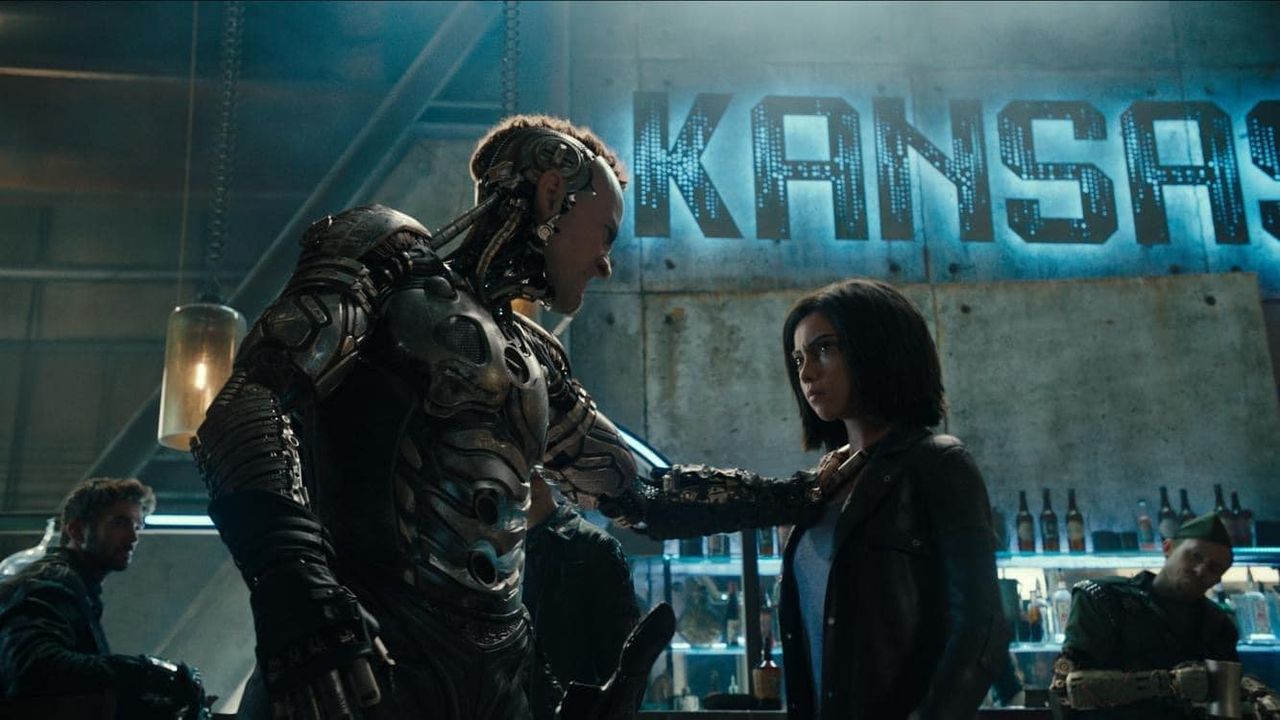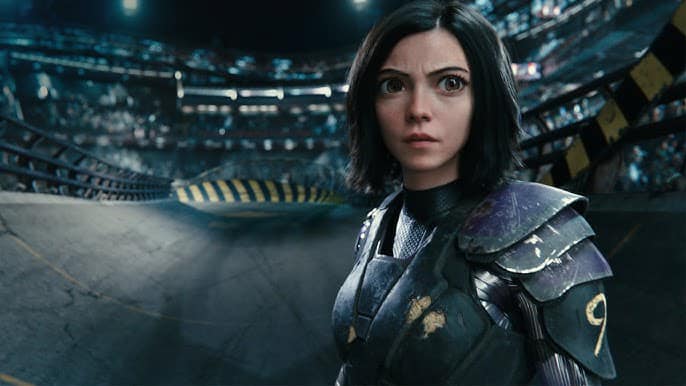“Alita: Battle Angel” (2019)

“Alita: Battle Angel,” directed by Robert Rodriguez and produced by James Cameron, is a visually stunning sci-fi action film that captures the essence of its source material, the manga series “Gunnm” by Yukito Kishiro. Released in 2019, the film tells the story of Alita, a cyborg with no memory of her past, as she navigates a dystopian world filled with danger, intrigue, and the quest for identity.
Plot Summary
Set in a post-apocalyptic future, the film begins with Dr. Dyson Ido (Christoph Waltz), a compassionate scientist who discovers Alita (Rosa Salazar) in a junkyard. Reviving her, he soon realizes that she possesses remarkable combat abilities. As Alita awakens to her new life, she struggles to understand her identity while exploring the gritty world of Iron City, which is marked by class divisions and corruption.
As Alita seeks to uncover her past, she becomes embroiled in the underbelly of the city, engaging in motorball—a dangerous sport that serves as a metaphor for survival and ambition. Throughout her journey, she encounters various characters, including her love interest Hugo (Keean Johnson) and formidable adversaries, all of whom challenge her sense of self.

Themes and Significance
- Identity and Self-Discovery: At the heart of “Alita: Battle Angel” is Alita’s quest for identity. As a cyborg with fragmented memories, her journey mirrors the universal struggle for self-discovery. This theme resonates with audiences, prompting them to reflect on their own identities and the factors that shape them.
- Humanity and Technology: The film raises profound questions about what it means to be human in a world dominated by technology. Alita embodies the fusion of human emotion and mechanical prowess, challenging societal norms about identity and consciousness. This theme prompts viewers to consider the implications of technology on humanity, especially in an age of rapid technological advancement.
- Class Struggle: Iron City serves as a backdrop for exploring social inequality and class struggle. The stark contrast between the affluent Zalem and the impoverished citizens of Iron City highlights issues of power, corruption, and the struggle for survival. Alita’s fight against the oppressive forces in her world reflects broader societal issues, making the film not just an action spectacle but a commentary on contemporary social issues.
- Empowerment and Agency: Alita’s transformation from a vulnerable figure to a powerful warrior symbolizes empowerment and agency. Her journey encourages viewers to take control of their destinies, regardless of their origins or circumstances. This theme of empowerment resonates strongly, particularly with female audiences, as Alita embodies strength, resilience, and determination.
Visual and Technical Mastery
Visually, “Alita: Battle Angel” is a marvel, featuring groundbreaking CGI and motion capture technology that brings Alita to life. The film’s aesthetic, characterized by detailed world-building and dynamic action sequences, enhances its narrative and emotional depth. The combination of Rodriguez’s direction and Cameron’s production results in a film that not only entertains but also captivates the imagination.












